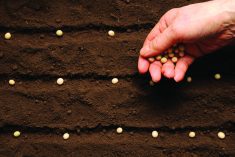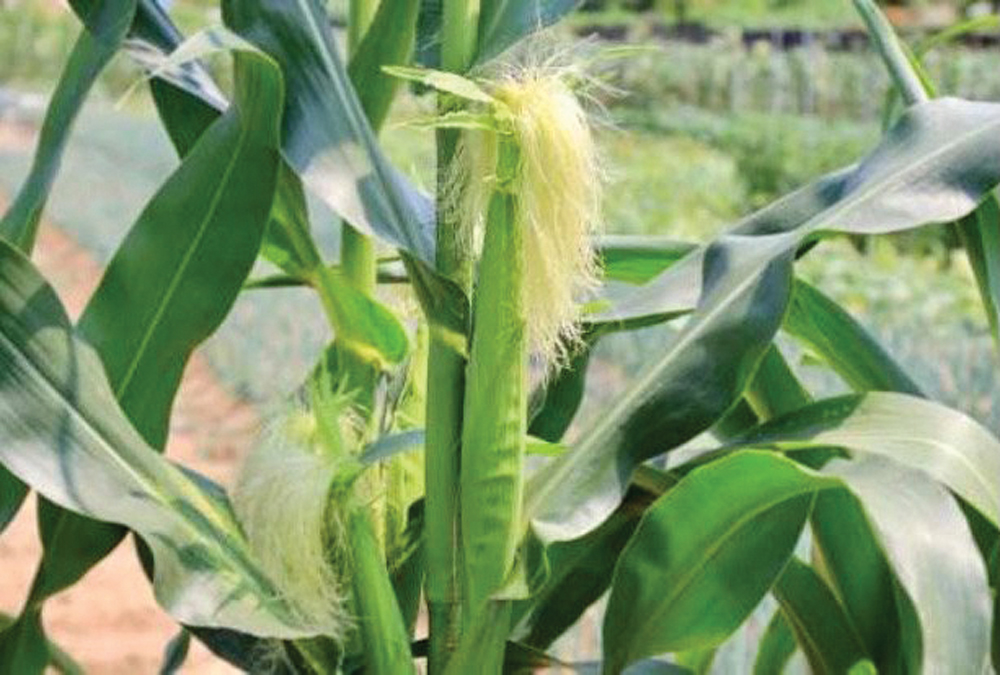Forget chemicals. The best antimicrobial available may be natural soy isolates like isoflavones and peptides.
That’s according to a new study from University of Guelph researchers who looked at using these materials to inhibit the growth of microbial pathogens that cause foodborne illnesses.
Engineering professor, Suresh Neethirajan, director of the university’s BioNano Laboratory, says the discovery could benefit the food industry and soy growers.
“Heavy use of chemical antimicrobial agents has caused some strains of bacteria to become very resistant to them,” said Neethirajan, in a media release from the university.
Read Also

Mazergroup’s Bob Mazer dies
Mazergroup’s Bob Mazer, who helped grow his family’s company into a string of farm equipment dealerships and the main dealer for New Holland machinery in Saskatchewan and Manitoba, died July 6 from cancer.
The researchers used high-tech tools and high-throughput screening to run millions of tests in a short period.
They found that soy can be a more effective antimicrobial agent than the current roster of synthetic chemicals.
“Soy peptides and isoflavones are biodegradable, environmentally friendly and non-toxic,” he said. “The demand for new ways to combat microbes is huge, and our study suggests soy-based isoflavones and peptides could be part of the solution.”
Neethirajan and his team found soy peptides and isoflavones limited growth of some bacteria, including listeria and pseudomonas pathogens.
“The really exciting thing about this study is that it shows promise in overcoming the issue of current antibiotics killing bacteria indiscriminately, whether they are pathogenic or beneficial. You need beneficial bacteria in your intestines to be able to properly process food,” he said.
North America has one of the safest food sources in the world, said Neethirajan, but authorities estimate about 48 million people in the U.S. suffer from some sort of foodborne illness every year.



















